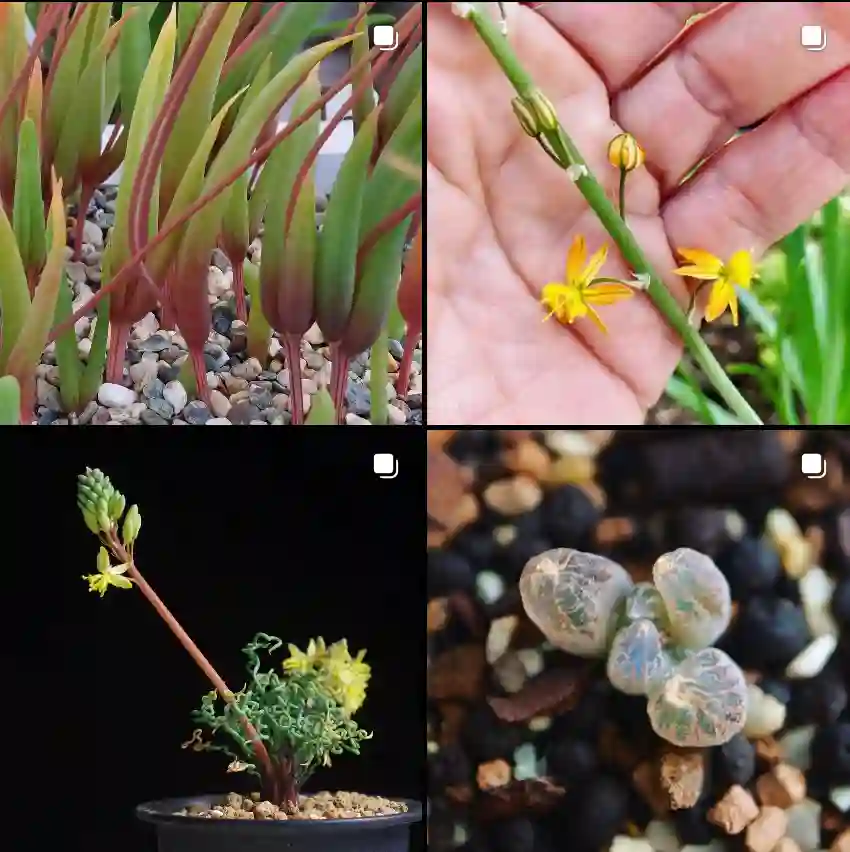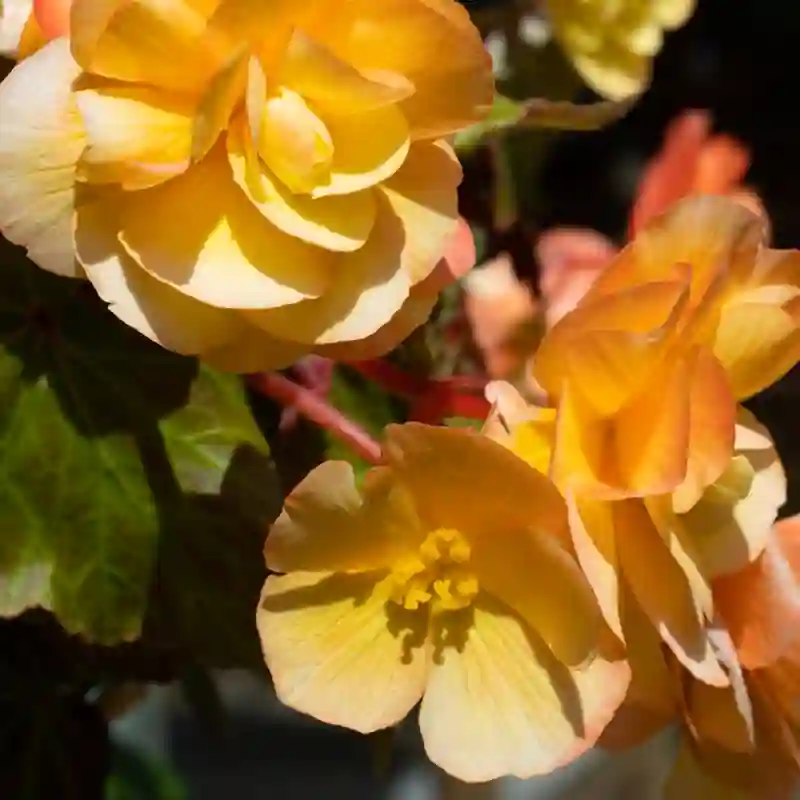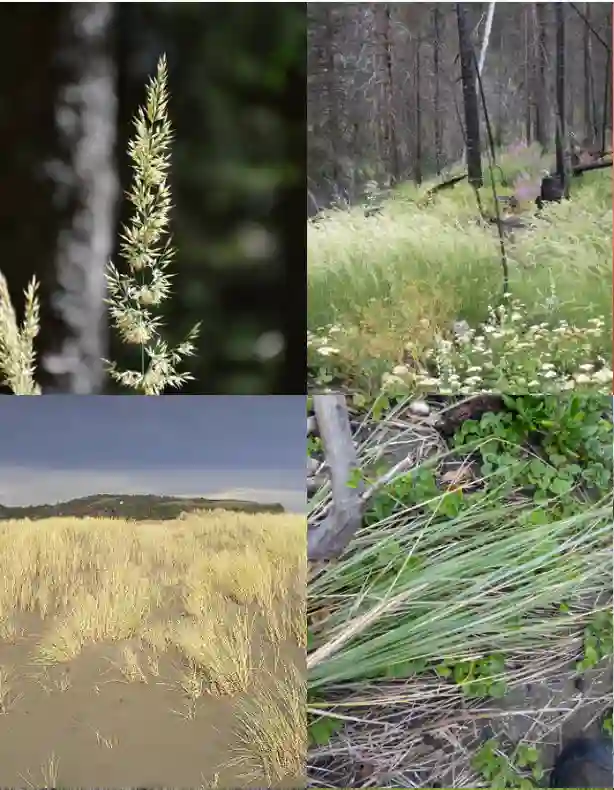FAQs About Leucanthemum Vulgare
Leucanthemum Vulgare, commonly known as the oxeye daisy, is a charming perennial that brightens gardens with its classic daisy blooms. Over the years, I’ve received many questions about this plant, so I’ve compiled a detailed FAQ to cover all the essential points.
57 Species in Genus Leucanthemum
What Is Leucanthemum Vulgare?
Leucanthemum Vulgare, or the oxeye daisy, is a hardy perennial native to Europe and Asia. It belongs to the Asteraceae family and is known for its bright, cheerful flowers. This plant typically reaches about 1 to 3 feet in height and blooms from late spring to early fall. Its robust nature and ease of care make it a popular choice for both novice and experienced gardeners.
How Many Petals Does Leucanthemum Vulgare Have?
One of the most frequent questions I get is about the number of petals on Leucanthemum Vulgare. Typically, each flower features around 15 to 30 white petals surrounding a vibrant yellow center. This petal count can vary slightly depending on the specific cultivar and growing conditions. The arrangement of petals gives the flower its classic daisy look, making it a favorite among gardeners.
How to Care for Leucanthemum Vulgare?
Caring for Leucanthemum Vulgare is relatively straightforward. Here are some tips based on my experience:
- Sunlight: It thrives in full sun but can tolerate partial shade. For the best blooms, ensure it gets at least 6 hours of sunlight each day.
- Soil: Well-drained soil is crucial. While it can adapt to various soil types, it prefers slightly acidic to neutral pH.
- Watering: Regular watering is important, especially during dry spells. However, be cautious not to overwater, as this can lead to root rot.
- Fertilizing: A balanced, all-purpose fertilizer applied in early spring helps promote vigorous growth and abundant flowers.
- Pruning: Deadheading spent flowers will encourage more blooms. Additionally, cutting back the plant after flowering can help it maintain its shape and prepare it for the next growing season.
How to Propagate Leucanthemum Vulgare?
Propagating Leucanthemum Vulgare can be done through several methods:
- Division: The most common method is to divide the plant in early spring or fall. Simply dig up the plant, separate it into smaller sections, and replant them.
- Seeds: You can also propagate from seeds. Sow them in early spring or late fall. Keep the soil moist until germination occurs.
What to Plant With Leucanthemum Vulgare?
Leucanthemum Vulgare pairs well with various companion plants. Here are a few combinations that work well:
- Coreopsis: Their bright yellow blooms complement the white daisy-like flowers of Leucanthemum.
- Salvia: The tall spikes of salvia create a beautiful contrast with the daisy’s more compact growth.
- Lavender: The purple hues of lavender provide a stunning backdrop to the white flowers.
- Echinacea: Both plants share similar growing conditions and can enhance each other’s beauty in the garden.
Can You Grow Leucanthemum Vulgare Indoors?
While Leucanthemum Vulgare is primarily an outdoor plant, it is possible to grow it indoors with the right conditions. Provide ample sunlight, preferably from a south-facing window, and ensure the plant has enough space for its growth. Indoor conditions may not be ideal for its flowering, but it can still thrive as a decorative foliage plant.
Is Leucanthemum Vulgare Toxic?
Leucanthemum Vulgare is not considered toxic to humans or pets. It’s generally safe to have around children and animals. However, as with any plant, it’s wise to avoid ingesting any parts of it, as they could cause mild gastrointestinal upset in sensitive individuals.
Benefits of Leucanthemum Vulgare
Leucanthemum Vulgare offers several benefits:
- Attracts Pollinators: Its bright flowers attract bees, butterflies, and other beneficial insects, which help pollinate your garden plants.
- Low Maintenance: Its hardy nature means it requires minimal care, making it ideal for busy gardeners.
- Versatile: It works well in various garden settings, including borders, meadows, and wildflower gardens.
Common Problems with Leucanthemum Vulgare
While Leucanthemum Vulgare is relatively trouble-free, it can face a few issues:
- Powdery Mildew: This fungal disease can affect the plant, especially in humid conditions. Ensure good air circulation and avoid overhead watering to minimize the risk.
- Aphids: These small pests can sometimes infest the plant. Regularly inspect for aphids and use insecticidal soap if needed.
Comparing Leucanthemum Vulgare to Similar Plants
Leucanthemum Vulgare is often compared to other daisies like Shasta daisies (Leucanthemum × superbum) and Marguerite daisies (Argyranthemum frutescens). Here’s how they differ:
- Shasta Daisies: These are larger and have a more robust growth habit compared to the oxeye daisy.
- Marguerite Daisies: They typically have smaller flowers and a more compact growth compared to Leucanthemum Vulgare.
In conclusion, Leucanthemum Vulgare is a delightful addition to any garden. With its easy care and vibrant blooms, it’s a plant that offers both beauty and practicality. Whether you’re new to gardening or a seasoned pro, this daisy is worth considering for your garden.
If i die, water my plants!



